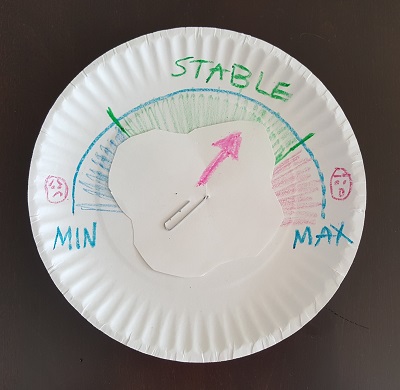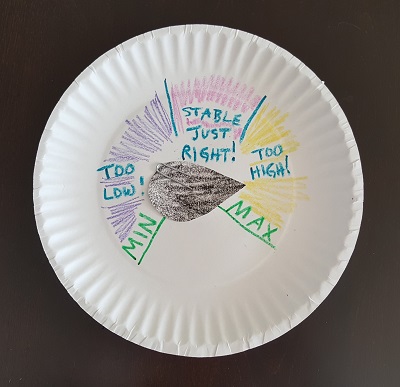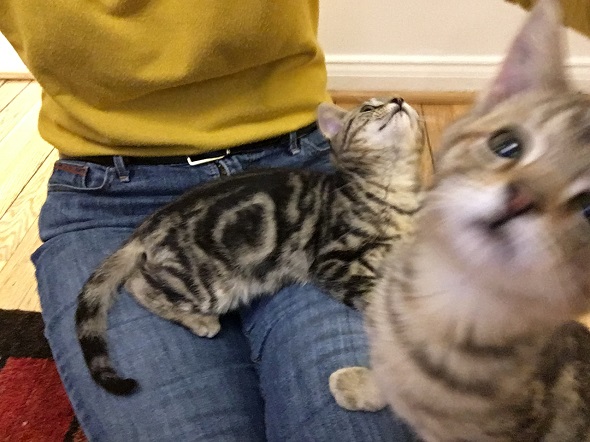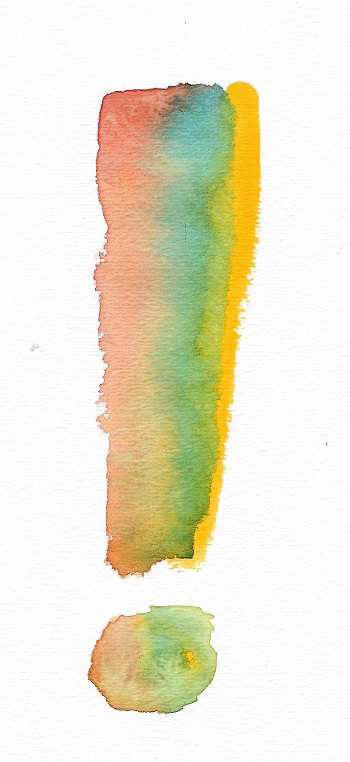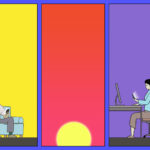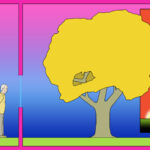How to Help Yourself Not Use or Drink: A Kind, Straightforward, Evidence-Informed, Do-It-Yourself, Insider’s Guide to Early Recovery from Addiction
by Anne Giles, M.A., M.S.
Dedicated to my clients: You helped write this. For confidentiality reasons, I can’t use your names, but as you read along, you’ll recognize your own – and each other’s – wisdom. Thank you beyond words for sharing the extraordinary beauty of who you are with me.
This guide is intended for people who have already received medical care for the medical condition of addiction. This guide assumes you are medically stable, have detoxed through medical monitoring, and/or have been medically cleared as having successfully detoxed on your own, and/or are stable on medication treatment. You either have received, or have appointments to receive, medical care for the medical conditions that can accompany addiction.
“Use” refers to use of any substance that has caused problems for you, brought into the body in any way.
How to Help Yourself Not Use or Drink Right Now
- If the substance is nearby, turn away from it.
- Sort your thoughts into “helpful” and “unhelpful” categories. Focus your attention on the helpful thoughts.
- Without judging your feelings, or trying to control or change them, simply turn down the “volume” on the intense feelings.
- Do what you can to make yourself more physically comfortable.
- When thoughts of using or feelings of craving arise – which they will – without judgment, simply shift your attention to a specific item that engages one of your senses. Become curious about your preferences, focusing on what sensory experiences might be helpful to you. Focus your attention on something you see, a sound you hear, the texture of an object you can touch, a scent in the room, a motion you can observe, or the taste of something available.
- When a thought arises that begins with, “Yes, but…”, say, “I am trying to help myself not use,” and shift your attention to what is helpful to you.
- When a memory from the past emerges, or a worried thought about the future occurs, say, “I am focusing on this right now,” and shift your attention to what is helpful to you.
- If nothing else is working, splash cold water on your face. If cold water is not available, place a cool object safely and gently against your face.
- Even if you have to do it 100 times a day, even 100 times a minute, kindly, gently, but determinedly return your attention over and over again to what you think would be helpful for you. Not to what someone else might think is “right” or “good.” To what would be helpful. For you.
How to Help Yourself Not Use or Drink Today
- Do the items on the “Right Now” list.
- Make two lists of all the people in your life under the headings “safe” and “unsafe.”
- Find a way to physically be in the presence of the “safe” people.
- Stay away from the people on the “unsafe” list. Do not have contact in person, by text, by messaging, or by any means of any kind. Do not listen to, or seek information about them by word-of-mouth, gossip, rumor, Crime Times, or any way of any kind.
How to Help Yourself Not Use or Drink This Week
- Keep doing the “Right Now” items. Stay with safe people.
- Make a list of all the problems present in your life that substance use solved.
- Rank order the problems.
- Make a list of everything that’s missing in your life that substances provided.
- Rank order what’s missing.
- Think strategically.
- Ask yourself, “What is one small thing I could do today to help make a small improvement in my top ranked problem?”
- Ask yourself, “What is one small thing I could do today to help provide a little bit of the top-ranked thing that’s missing from my life?
- Do those small things.
- Think about how you have handled the loss of beloved people and beings in the past. You can never be with them again. How have you handled longing and not having? How have you coped with the loss of your loves? The brain circuitry of love and addiction are interrelated. Answering these questions may provide important information about what might help you cope with the loss of substances.
How to Help Yourself Not Use or Drink This Year
The only way to not use substances long-term is to find enough things to do, enough of the time, that meet enough of your needs, connected to enough people, in ways that touch your heart enough, make enough meaning for your mind – all of this stable enough but with room for change and growth – that, together, are “good enough” replacements for substances.
Nothing is likely to ever do for you what substances did. Their chemical nature gives them an other-worldly ability to offer extreme comfort, excitement, joy and relief. Managing attention, feelings, thoughts, physical sensations, and behavior during the days ahead will only work so long while holding still. The insights you gain from learning what substances did for you are necessary, but likely are not sufficient, to prevent yourself from returning to use.
Hopelessness and despair are considered to be among the root causes of addiction. You need to develop a way of thinking that helps you feel hopeful and confident. This is where religious and spiritual beliefs, and philosophical and scientific understandings might be helpful. Figuring out the values that drive your decisions can inspire a sense of strength as well. Finding even a few people with whom you feel a sense of belonging, and continuing to add people to that circle as time passes, will be crucial.
If in doubt, Google it. Knowledge and information offer power and freedom. Before drawing conclusions from the results of Internet searches, check the authority of the source. Reliable sources link to primary sources, secondary sources that report on multiple primary sources, and informed commentary.
And then there’s the money.
If you’ve had substance use issues for awhile, you probably have financial challenges. More money would increase stability. But people with substance use disorders usually can’t work more hours to make more money. Working more hours increases stress. Stress is a top predictor of return to use. Stress comes from the usual suspects – finances, relationships, and health issues among them. But boredom is a stressor. Lack of purpose is a stressor. Frustration is a stressor. So people with substance use disorder have to figure out how to make more money per hour in ways that are meaningful to them. That usually requires education and training. You may need to learn to read, to get a GED, learn a trade, or take entrance exams to go to college or grad school.
You need an it’s-who-you-know network of people to help guide you to the right information, mentor you as you go, and introduce you to people who might be able to help you. You’ll soon be a member of the “it’s-who-you-know” network. You’ll be able to help someone else who started just where you’re starting.
- Acknowledge realities. Note what’s unlikely to be possible in the future based on physical or other limits. For example, if you want to move to a place with more jobs but have a suspended license, you’ll need to find a city with public transportation.
- Inventory your strengths. What do you have going for you, in spite of everything that’s gone down?
- Make a list of possibilities. Given current realities, but also given your strengths, what might be possible for you to do, that you might like to do, that would give you a sense of being meaningfully engaged with your life?
- Rank order the list of possibilities. Which of the possibilities do you think would sustain your interest the longest and be most likely to make the most money, or result in the most satisfying volunteer work?
- Find someone who has made things happen in his or her own life to talk with about your top three possibilities.
- Think strategically.
- What small, first steps could you take to move yourself a tiny bit closer to setting yourself up to have meaningful things going in your life – even if they’re only ever “good enough” – to help you not use?
- What people in your it’s-who-you-know-network can you contact to help you with these first steps?
. . . . .
I wish I could write a guide that anticipates all the problems that might arise for you and offers solutions to them! But you are a unique, complex individual, and addiction is a complex condition. You are the guide to you.
If you would like to read more about evidence-informed, self-care for recovery from addiction, this guide’s current table of contents, with links, is here.
If you like handouts and worksheets, here is my current list of printable, evidence-informed addiction recovery worksheets.
An earlier version of this post is here.
This guide is a work-in-progress.
These words, just over 1,500 in number, are a summary of what research on addiction suggests helps most people, most of the time, better than other ways, and better than nothing, to help themselves not use substances that have become problematic for them. As you know, I use these ways, too. I am hoping with all my heart and mind that they will be helpful to you.
With the sincerest of best wishes,
Anne
Blacksburg, Virginia
January 4, 2018
“Love, evidence & respect.”
– Maia Szalavitz, in response to the question, “What treats addiction?”
Photo: “Self-hug” of Casey Sapienza by Mia Sapienza
The views expressed are mine alone and do not necessarily reflect the positions of my employers, co-workers, clients, family members or friends. This content is for informational purposes only and is not a substitute for medical or professional advice. Consult a qualified health care professional for personalized medical and professional advice.

